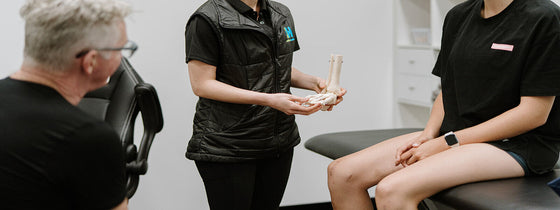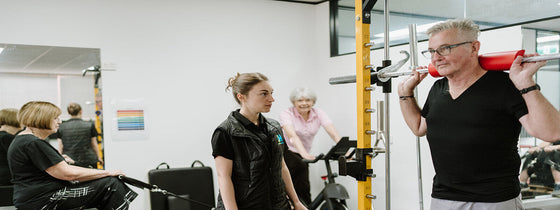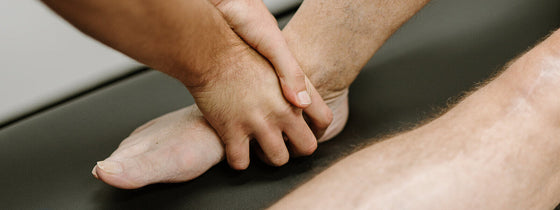The winter sporting seasons are coming down to the pointy end. For many, including myself, that means management of little niggles throughout finals and into the post season. Winter sports such as hockey, football, soccer and netball can be harsh on the body with the combination of loading, impact, jumping, landing and contact leading to the development of sore spots.
Whilst many will take the time at the end of season to get some much needed rest, some will roll straight into a season of summer sports. Whatever may be the case for you, now is the time to get these niggles assessed to try and nip them in the bud.
For those that have time off before their next season starts, often rest will not equate to our injuries and sore spots improving. The last thing we want as soon as we recommence our training or loading is those dreaded niggles to start coming back, which is often the case when preseason rolls around. Delaying the commencement of a targeted rehabilitation plan can often mean that we are still rehabbing when the start of the next pre-season comes around and we aren’t ready to hit the ground running day 1. Ultimately this leaves us less prepared to tackle the rigours of the next season.
And for those who are rolling straight on into a summer sport, we do not want the continued loading to reach a point where injuries progress and time out from participation is needed.
The first step of getting on top of those niggles is having a thorough assessment to determine exactly what is going on. Establishing the structures involved and the reasoning behind the injury is crucial to developing the appropriate management plan to eradicate the injury for good.
More and more evidence points to injury being multifactorial. Injury history, training loads, biomechanics, strength, control, sleep and psychological factors are just a sample of contributors that need to be assessed. These also need to be accounted for in a holistic rehabilitation program that incorporates personal goals, tissue healing time frames and the best available evidence.
Rest may be the answer for some cases, but usually it is not… If the underlying causes for the injury are not addressed the chances are they will return or progress. So don’t delay your pathway to pain free exercise and sport by burying your head in the sand.

If you're experiencing back or neck pain with neurological signs and symptoms, a thorough neurological examination is crucial for accurate assessment and effective treatment. In this Optimal Tip learn more about what we mean by completing a neurological exam!

Squats, deadlifts, and calf raises are key movement patterns that should be part of every strength and conditioning program—regardless of age and activity level. These functional movements support joint health, improve posture and balance, and reduce the risk of injury while building strength where it matters most.

A ganglion cyst is a fluid-filled swelling that typically forms over a joint or tendon sheath, causing discomfort and pain, especially when pressing against nerves or joints. Proper assessment and treatment, including physiotherapy, are essential for managing symptoms and improving function in the presence of a ganglion in your hand, foot, or wrist.